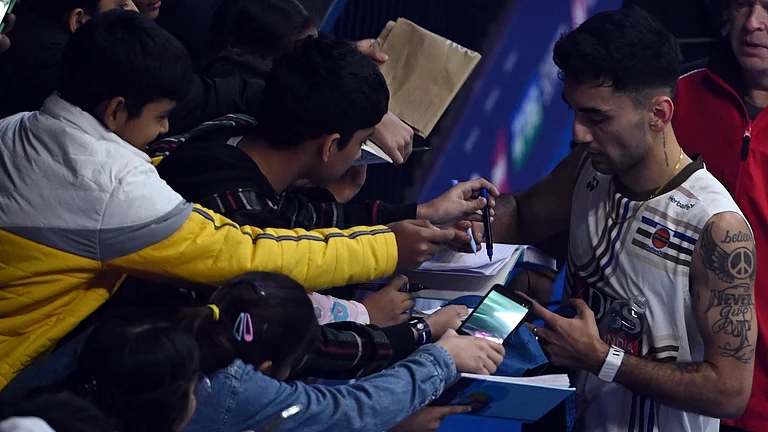Adopted from a 2,500-year old Hindu text, Satyameva Jayate (only truth triumphs), is the motto inscribed on our national emblem. The moot question is what is truth, is there an absolute or one truth, and if not, when truth triumphs, whose truth triumphs. Kurosawa’s film Rashomon—where three characters give three divergent, convincing accounts of an incident of rape and murder—captures the complexity of truth and perception. At its end, the viewer begins to doubt the veracity of his own beliefs.
The 2G saga is one such drama. In public perception it became the symbol of India’s endemic corruption, leading the masses to believe that lakhs of crores of public money had been stolen by unscrupulous politicians. There are as many versions of the saga as there are stakeholders. Some versions diverge because of the battles involved—between corporates for market share and wealth, between political parties for electoral gains, between media houses for TRP ratings and so on. Versions also diverged because of the quality of evidence relied upon; journalists writing for newspapers being one end of the spectrum and a CBI special court with very rigorous standards for pronouncing guilt and criminality on the other. Those like the CAG, CBI and CVC fall in between, relying on government documents but taking liberties in being selective, presumptive or sometimes alluding to malafide intent in press conferences.
The preface is dated May 2017, but obviously the publishers waited for the court judgement which went in favour of Raja. The first few chapters are autobiographical and briefly describe his entry into politics, his meteoric rise and his years in government before he became Union Telecom Minister. Then he goes on about his version of truth—that he tried to break the monopolistic cartel of a few mobile operators led by Airtel, with the singular objective of enhancing mobile penetration and reducing costs by bringing in newcomers, and how the entire establishment was up against him either under corporate pressure or through poor understanding of the business.
Raja addresses all the major issues—entry fee, first-come-first-served, cut off dates, issue of LOIs.... There are also copious annexures to show that most of the clarifications were also provided to the PM, CVC, CAG and the Finance Ministry. He laments that these were deliberately overlooked. The chief villain of his story is Vinod Rai, the then CAG when a figure of Rs 1.76 lakh crore loss to the exchequer emerged from an audit report.
Rapid technological advances and the rags-to-riches story of Airtel attracted the attention of all major corporates and political parties. By 2007, when Raja came on the scene, the established players, all major corporates, were well entrenched. Reading the account of his personal engagement with some of the industry leaders gives an impression that Raja wanted to teach them a lesson for their arrogance.
There are three dimensions to an executive action—morality, good governance and legality. Raja quotes extensively from philosophers and statesmen on the first two, but his defence is almost entirely related to legality. He has no convincing answer as to why diverse institutions and individuals would oppose his actions if he was on the high moral ground. He also fails to show how his actions pass the standards of good governance—transparency, fairness, economy, efficiency and optimising outcomes. Instead, he focuses on proving that his actions were consistent with the past and within his powers.
What he leaves out is that a lot of his defiance of the other constituents of the government was because of the precarious nature of the coalition of UPA. Ironically, the first line of the third chapter, The cat is out of the bag, actually lets the cat out. It reads: “In May 2007...I was asked by my party leadership to take over as the Minister of Communication & IT”. Here is the real saga of 2G. DMK negotiated for and treated telecom as its fiefdom. The position taken by the then Telecom Minister, notwithstanding his badly edited and convoluted averments in this book, was a display of unfettered powers. Those in government watched helplessly; those outside cried hoarse, some of them going overboard to attract attention.
Raja also seeks vindication of his actions from the subsequent growth in the Telecom sector, losing sight that all licenses issued by him were cancelled and the sector is still dominated by a few players. Failure of the CBI to get a conviction is also not likely to be viewed as a proof of innocence. Mr. Raja, your truth is not likely to find many takers.

























